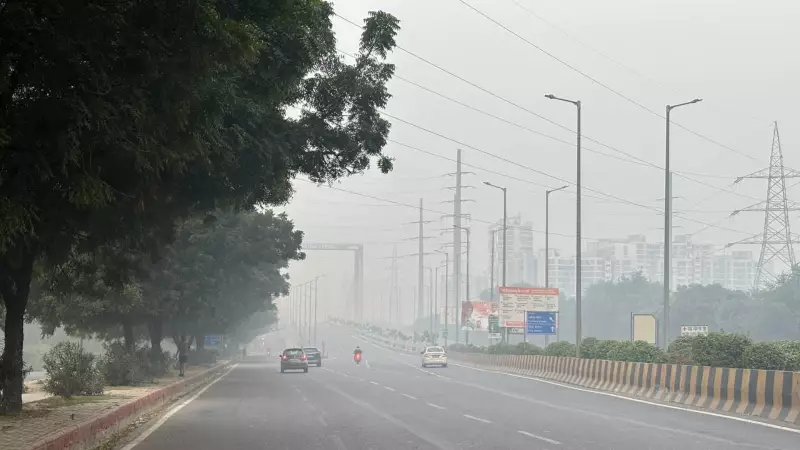
The National Capital Region woke up to a familiar yet alarming sight on Thursday morning as a thick layer of smog enveloped the skyline, signaling the return of dangerous pollution levels that have become an annual nightmare for residents.
Air Quality Plummets to 'Very Poor' Category
According to the latest data from monitoring agencies, Delhi's overall Air Quality Index (AQI) registered at 312, firmly placing it in the 'Very Poor' category. This significant deterioration has triggered health warnings and raised concerns among environmental experts.
Regional Breakdown Shows Widespread Pollution
The pollution crisis isn't limited to Delhi alone. Neighboring areas are experiencing equally concerning conditions:
- Noida recorded an AQI of 303 (Very Poor)
- Gurugram measured at 276 (Poor)
- Ghaziabad reported 306 (Very Poor)
- Faridabad reached 308 (Very Poor)
What's Causing the Sudden Deterioration?
Multiple factors have contributed to this rapid decline in air quality:
- Weather Conditions: Calm winds and low temperatures are preventing the dispersion of pollutants
- Agricultural Burning: Stubble burning in neighboring states continues to contribute significantly
- Local Sources: Vehicle emissions, construction dust, and industrial pollution add to the toxic mix
- Meteorological Factors: Falling temperatures and reduced wind speed create ideal conditions for pollution accumulation
Health Advisory for Residents
Medical experts are advising precautionary measures, especially for vulnerable groups:
- Avoid morning and evening outdoor exercises
- Wear N95 masks when going outside
- Use air purifiers indoors
- Keep windows closed during peak pollution hours
- Stay hydrated and monitor any respiratory symptoms
Long-term Solutions Remain Elusive
Despite various government initiatives and pollution control measures, Delhi-NCR continues to grapple with this annual environmental crisis. The recurring pattern highlights the need for more effective, year-round strategies rather than emergency responses.
As the winter season approaches, experts predict further deterioration in air quality unless immediate and sustained action is taken across multiple fronts, including transportation, industry regulation, and regional cooperation on stubble burning.





